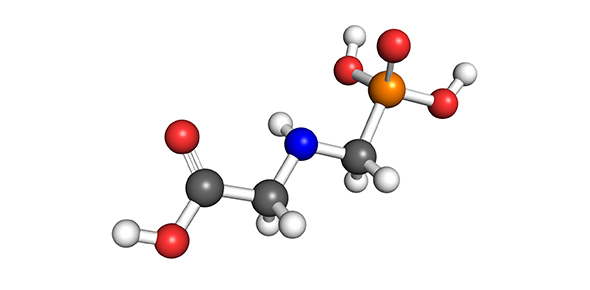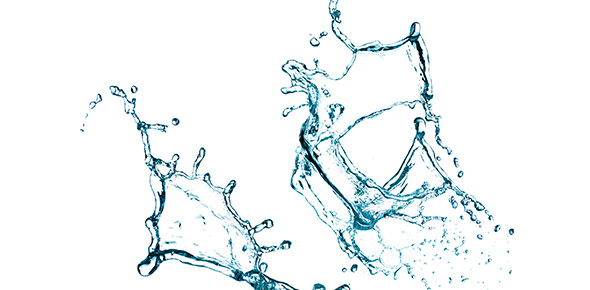Related Flashcards
Related Topics
Cards In This Set
| Front | Back |
|
In ionic bonding, metals either
|
lose their electrons and become cations OR gain other electrons and become anions
|
|
The 7 diatomic molecules
|
Hydrogen, Nitrogen, Oxygen, Fluorine, Chlorine, Bromine, and Iodine
|
|
`What is bond energy?
|
The energy required to break a chemical bond & form neutral isolated atoms
|
|
Why do atoms form compounds? (3)
|
1) To increase stability 2) to fill their valence shell 3) to decrease potential energy
|
|
What type of bonding results in partial charges on the atoms?
|
Polar covalent
|
|
When a molecule is most stable the repulsive forces and attractive forces are...
|
Equal to each other
|
|
What type of bonding involves the sharing of valence electrons
|
Covalent bonding
|
|
The duet rule applies to
|
The first 5 elements (Hydrogen, Helium, Lithium, Beryllium, and Boron)
|
|
As bond length increases, bond energy
|
Decreases
|
|
How many electrons are shared in a triple covalent bond?
|
6 electrons
|
|
Multiple covalent bonds may occur in compounds that contain carbon, nitrogen, or
|
Oxygen
|
|
What type of ion does sulfur typically form?
|
-2
|
|
What AXE stands for
|
A = # of central atoms (always 1)X = # of attached atomsE = # of lone pairs on the central atom
|
|
Sulfur (2.5) - Hydrogen (2.1) results
|
= .4 so polar covalent, with sulfur the partial negative
|
|
A molecule is a
|
Neutral group of atoms that are held by covalent bonds
|






